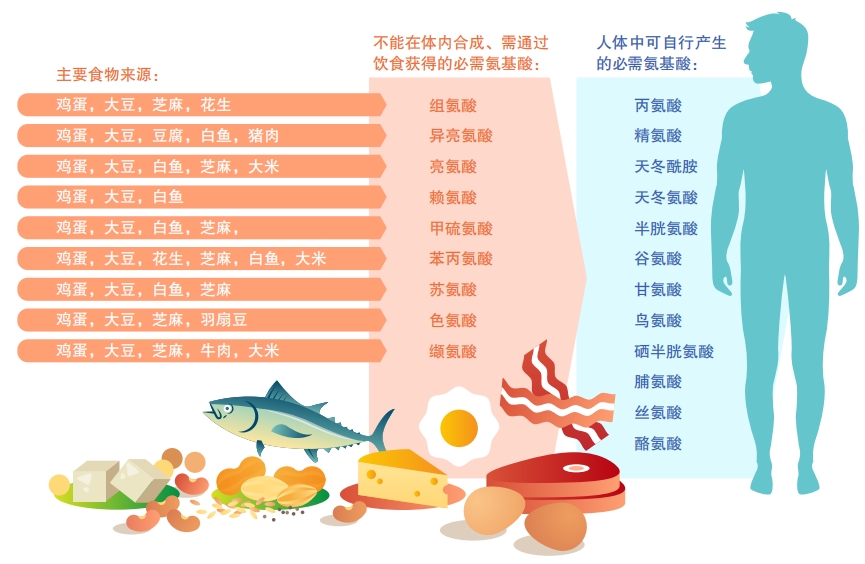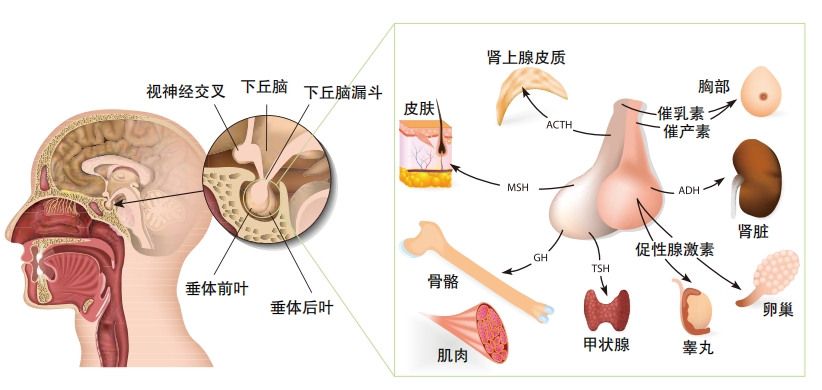基因水平转移
Genetic engineering has produced some amazing species. One type of corn has a gene from bacteria. The corn is safe for people to eat, but the plant poisons caterpillars that try to attack it.There’s also a salmon that grows to market weight in less than half the usual time of three years. It’s an Atlantic salmon with genes from a Pacific chinook salmon.







